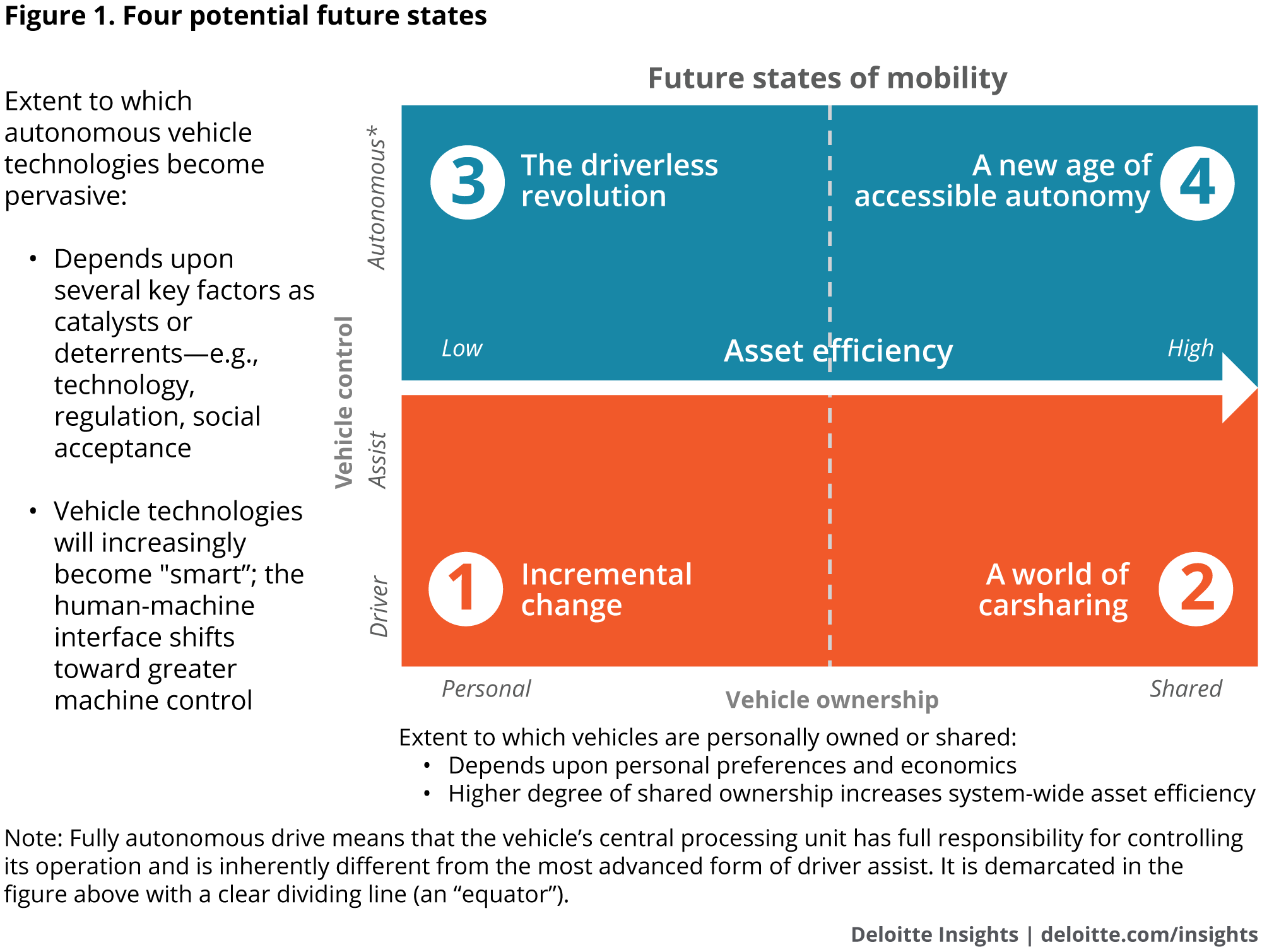Car manufacturers are facing a completely disruptive future. New technologies, mobility concepts and social trends are changing everything. New solutions are needed for the roads, vehicles and cityscapes of tomorrow. This is also necessary because, according to recent studies, urban mobility is deteriorating all over the world. From traffic jams, accidents or enormous air pollution to topics related to e-commerce and parking infrastructure.
But the topic is now driving many people. From groups of companies working on new ideas to start-ups working on new and innovative business models. Some of these players are already disrupting the industry today. The airport taxis from Munich, for example, are a good example of how the mobility of the future can change.
Lilium Aviation – Maiden flight of the VTOL Jet (Source: Lilium Aviation)
Technological change is driving many new developments on the roads and in the cities. Digital vehicle connectivity in particular, but also eMobility and autonomous driving are building blocks for seamless and flexible traffic management in the coming years and decades.
Topics such as car sharing and ridesharing are also changing how we get from A to B, blurring the boundaries between public and private transport. We are working on alternative propulsion systems, new ecosystems and vehicles that are cleaner, cheaper and more efficient. Data is conquering vehicle cockpits and helping us to better identify hazards and take early action against them. Deloitte has defined various scenarios for this:

Of course, there is also a great deal of uncertainty, and automotive manufacturers in particular are sometimes starting out with overhasty solutions that have not been thought through to the end. But the experiments and the courage to change are important, because the future cannot be stopped.
In order to remain relevant, an automotive group must therefore learn how to participate proactively and how to actively shape the future. We can learn from the past here, because every mobile revolution was accompanied by a fundamental restructuring of cities and transport companies in the past. Whether through automobiles, subways or even horses, we have always adapted. We will do the same with electric mobility, air taxis and self-propelled cars. In this way, the future of mobility can succeed and give us completely new opportunities.

